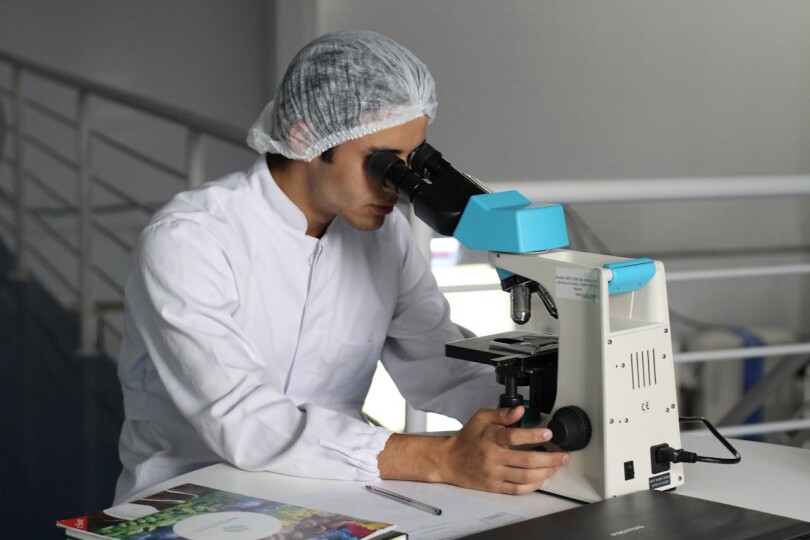Why Is ADNOC Building a Private 5G Network?
02 Sep 24
Lab ChatThe Global News Source for the World of Science and Chemicals
01 August 2024
Enviro Chat
The natural world is under incredible pressure right now. The emission of greenhouse gases is polluting our airwaves and heating the global atmosphere, in turn contributing to an increased incidence of extreme weather events and inhospitable climates. Meanwhile, natural ecosystems and habitats are under threat from deforestation, aggressive farming practices and a host of other human activities.
As is often the case, however, a partial solution could be provided by nature itself. Described by one industry expert as “nature’s green gold”, microalgae could perform a valuable role in sequestering carbon from the atmosphere and turning this harmful waste product into a usable commodity. Keen to take advantage of its theoretically healing properties, one Emirati initiative is seeking to realise the full potential of this fascinating organism.
Microalgae are tiny organisms that are found in abundance throughout the world’s seas, oceans, lakes and rivers, which cover up to two-thirds of its surface. They use the sun’s rays to enact photosynthesis and convert inorganic molecules like carbon dioxide into fats, proteins and carbohydrates, among other organic compounds. Indeed, they support all life on the planet and are responsible for some 50% of Earth’s primary production.
It's widely known that atmospheric carbon is a huge contributing factor to global warming, with trees and plants a key absorber of this harmful greenhouse gas. However, the fact that microalgae do not have stems, leaves or roots means that they are far more efficient at consuming CO2 than other plants, while the ease of their cultivation is another point in the plus column.
Best of all, these microscopic organisms can be harvested into valuable commodities, such as food, cosmetics and healthcare products. In this way, they take a useless and potentially damaging substance (like carbon) and turn it into something that adds real value to society, thus contributing to a functional circular economy.
Aware of the exciting potential of this tiny but mighty organism, a pair of UAE companies are joining forces to set up a microalgal plant in Al Ain city. The facility will be a joint venture between economic zone operator Khalifa Economic Zones Abu Dhabi (KEZAD Group) and Astha Biotech, an investment and development company with a focus on green technology.
The latter first penned a deal to launch the UAE’s first microalgae production facility at the Make It In The Emirates Forum 2024 and has now pledged to invest an initial $12 million to get the project off the ground. Once operational, the facility will cover 38,000m2 and will be capable of removing as many as 1,000 metric tonnes of CO2 from the atmosphere each year.
The microalgae will then be harvested by a team of 30 highly trained experts, who plan to cultivate strains of Chlorella, Haematococcus pluvialis and Spirulina. These will be used in the formulation of dietary supplements and other healthcare products, though there remains significant potential for microalgae to be used in food production as a viable protein alternative in the future, too.
DOWNLOAD PDF

2 Day Seminar Program
@ ArabLab+ 2024
24 & 25 September 2024
30 Aug 24
Chem ChatYour stay in Dubai
Labkit
Product News
Chemkit
Product News
Thinking about exhibiting at ARABLAB 2024? Watch our video to find out more.
Join the world’s leading organisations…
Join our mailing list and receive the ARABLAB newsletter and event updates.